Hippopotamuses, or commonly known as hippos, are one of the largest land mammals in the world. They are herbivores and spend most of their time submerged in water to avoid overheating.
Despite their massive size and fierce appearance, they have several predators that threaten their survival.
The natural habitats of hippos are under constant threat from human activities such as poaching and habitat destruction. However, even before humans became a significant danger to them, these animals had to face numerous challenges from other predatory species in order to survive.
Understanding the predators of hippos is crucial for conservation efforts and to ensure the preservation of this magnificent animal species.
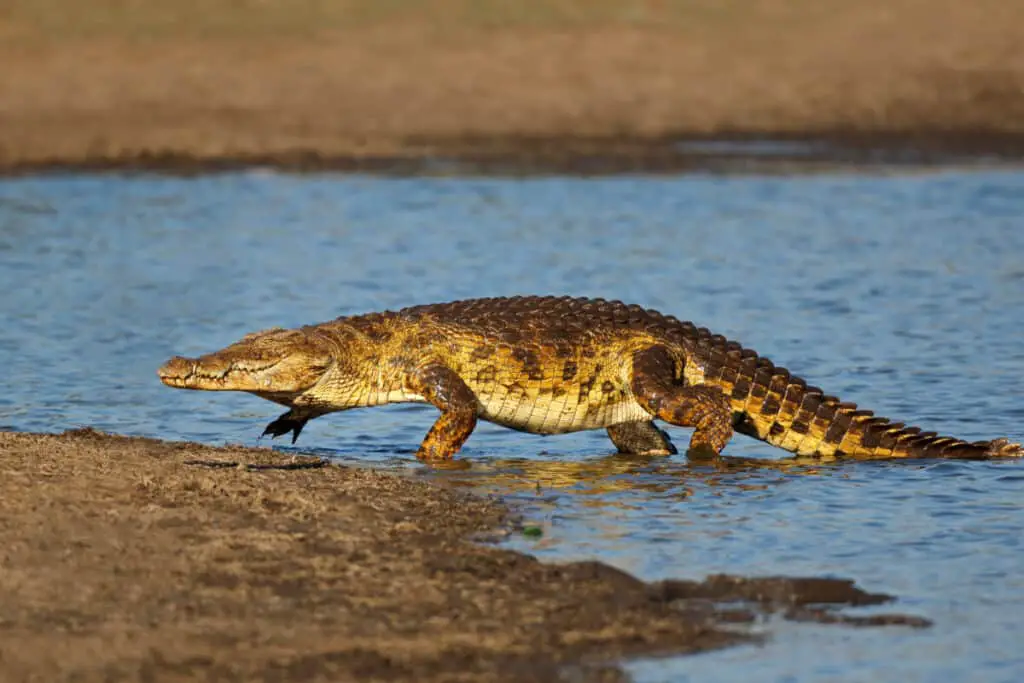
Nile Crocodiles
Nile crocodiles are one of the primary predators of hippos in Africa. These large reptiles are known for their hunting behavior, which typically entails ambushing prey that come to drink at rivers or waterholes.
Nile crocodiles can grow up to 20 feet in length and weigh over a tonne. They have sharp teeth and powerful jaws capable of crushing bones with ease.
The ecological impact of Nile crocodiles on hippopotamus populations is significant, as they are able to take down even the largest individuals. Studies have shown that predation by crocodiles has contributed to declines in some hippo populations, particularly those living near river systems where crocodile densities are high.
Despite this, however, hippos remain resilient and adapt to the presence of these formidable predators through various strategies such as staying close together in groups while resting during daylight hours.
How Big Are Hippos: Unveiling the Size of Aquatic Mammals
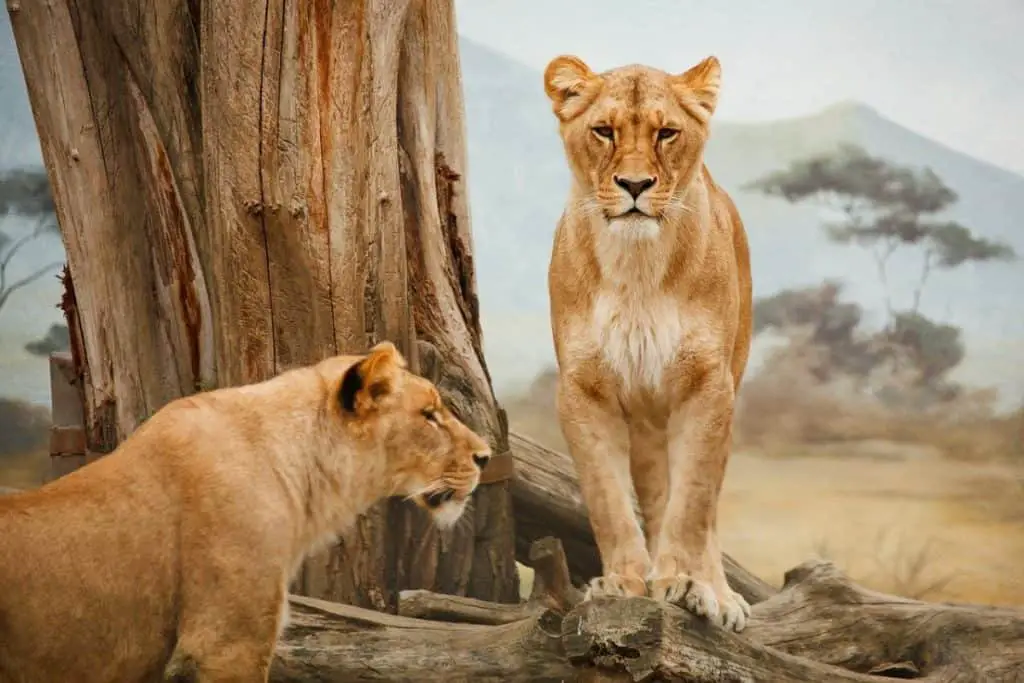
Lions
As discussed in the previous section, the Nile crocodile is a known predator of hippopotamuses. However, lions also pose a threat to these massive mammals.
While lions primarily hunt smaller prey such as antelopes and zebras, they have been known to take on adult hippos. The lion vs hippopotamus fight is not common but can occur when food sources are scarce or during times of drought.
Lions typically attack young or weak hippos that are separated from their herd. Adult hippos, with their powerful jaws and aggressive nature, are more difficult targets for lions. However, there have been reported cases where entire prides of lions work together to take down an adult hippo.
Despite being formidable opponents, hippos do fall victim to lion attacks and serve as a potential source of food for these big cats in certain situations.
Hippo Behavior: Exploring the Fascinating Aquatic Behaviors
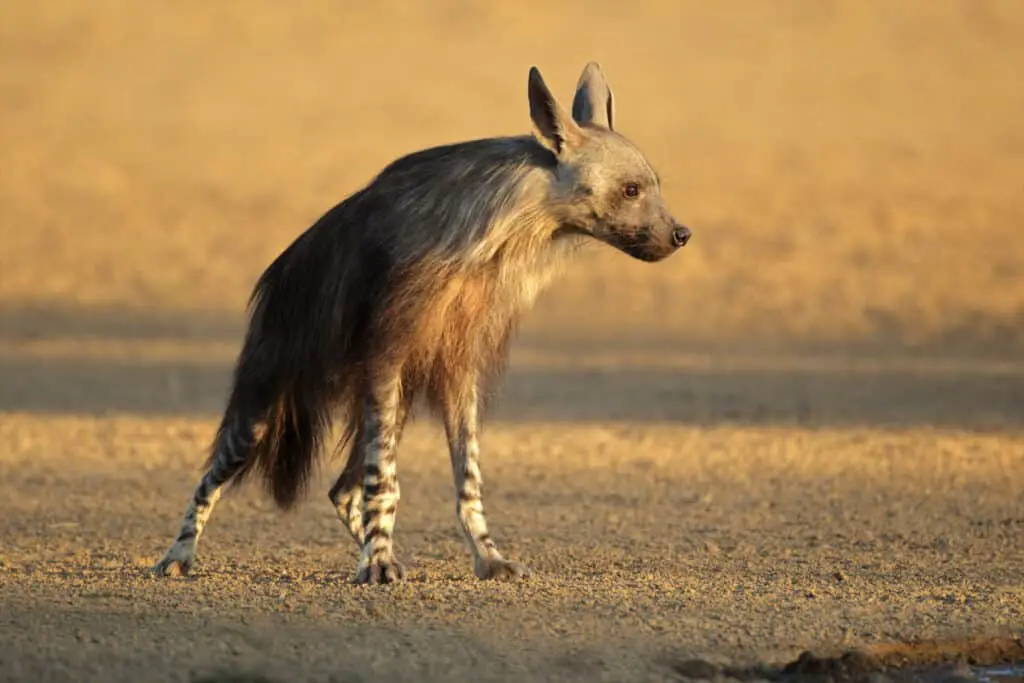
Hyenas
Hyenas are one of the most common predators of hippopotamuses. They play an essential role in the ecosystem by controlling herbivore populations and scavenging on carrion. Hyenas are known for their unique behavior, which is different from other carnivorous animals.
One of the hyena’s hunting strategies includes attacking large prey by going straight to their necks or hindquarters, taking them down with a quick bite that can break bones and cause severe damage to the victim. Another strategy involves chasing after smaller prey until they become too exhausted to continue running, making it easier for hyenas to catch them. The sheer power and strength of these creatures make them formidable hunters capable of bringing down even larger animals like hippos.
When hunting in groups, hyenas coordinate themselves according to specific roles based on their size and gender.
Their sense of smell is so strong that they can detect carcasses from long distances away.
Contrary to popular belief, hyenas do not just scavenge but also actively hunt live prey.
In conclusion, while there may be several predators that pose a threat to hippopotamuses, none come close to the danger posed by hyenas. These fascinating creatures have evolved over time with unique behaviors and hunting strategies that help them thrive in diverse ecosystems across Africa and beyond.
Understanding their critical role in maintaining balance within our planet’s natural systems is crucial if we hope to preserve this magnificent species for generations to come.
Unveiling the Marvels of Hippopotamus: Nature’s Mighty River Guardians
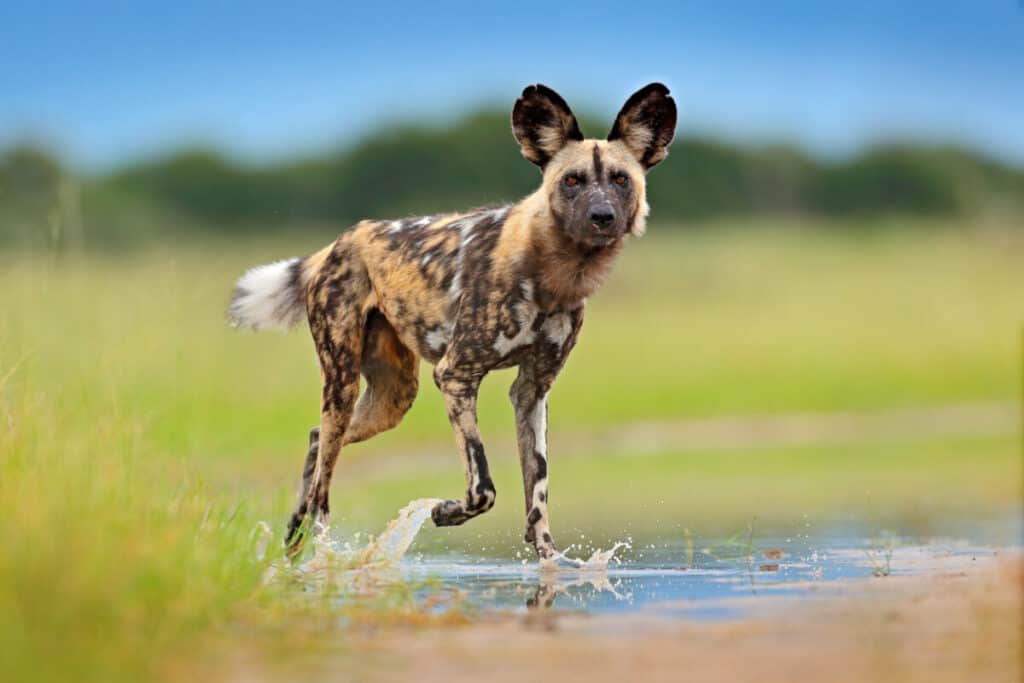
African Wild Dogs
African wild dogs, also known as painted hunting dogs or Cape hunting dogs, are one of the most efficient predators in Africa.
These canids have a unique social structure and behavioral pattern that allows them to hunt large prey like wildebeest, antelope, and even zebras.
African wild dogs live in packs of 6-20 individuals led by an alpha male and female pair who regulate group activities. Their reproductive cycles occur once per year between March and June when females come into heat for two weeks.
The dominant female will breed with the alpha male and other subordinate males within the pack. After a gestation period of around 70 days, litters of up to 16 pups are born in dens hidden in thick vegetation.
Both parents care for their young until they reach maturity at about one year old. Unfortunately, due to habitat loss and human persecution, African wild dog populations are declining rapidly across Africa.
Hippo Lifecycle: From Birth to Dominant Hippopotamus
Humans
Nile monitor lizards are not the only predators that hippopotamuses have to contend with in the wild. Humans are also a significant threat to these large animals, and their impact on hippopotamus populations has been well-documented.
In many parts of Africa, hunting and habitat destruction have dramatically reduced the number of hippos in the wild. One of the biggest challenges facing conservationists is finding ways to protect hippopotamus habitats while still meeting the needs of local communities.
Many people depend on natural resources for their livelihoods, including fishing and farming, which can put them into conflict with wildlife like hippos. To address this issue, conservation efforts often involve working closely with local communities to develop sustainable practices that benefit both humans and animals.
These initiatives may include establishing protected areas where hunting or development is prohibited or creating programs that provide alternative sources of income for people who rely on natural resources. By promoting coexistence between humans and wildlife, conservationists hope to ensure a future for hippopotamuses in their native habitats.
Competition With Other Hippopotamuses
Turning to the competition among hippopotamuses, it is essential to note that they form dominance hierarchies. These social structures are established through aggressive behavior such as fighting and vocalization displays.
The highest-ranking animal has priority access to food sources, water resources, and mating opportunities. In contrast, the lower ranking members receive less desirable locations for resting or feeding.
Territorial behavior is also a crucial aspect of their competitive interactions. Hippos establish territories along riverbanks where they can graze on vegetation during the night hours when they are most active.
Males will defend these areas against other males, but this aggression does not usually result in serious injuries unless one of them challenges the dominant male’s position within the hierarchy. Overall, understanding the dynamics of competition among hippos provides insight into how these animals have evolved to survive in their environments despite encountering predators like crocodiles and lions.
Hippo Behavior: Unveiling the Intriguing Habits
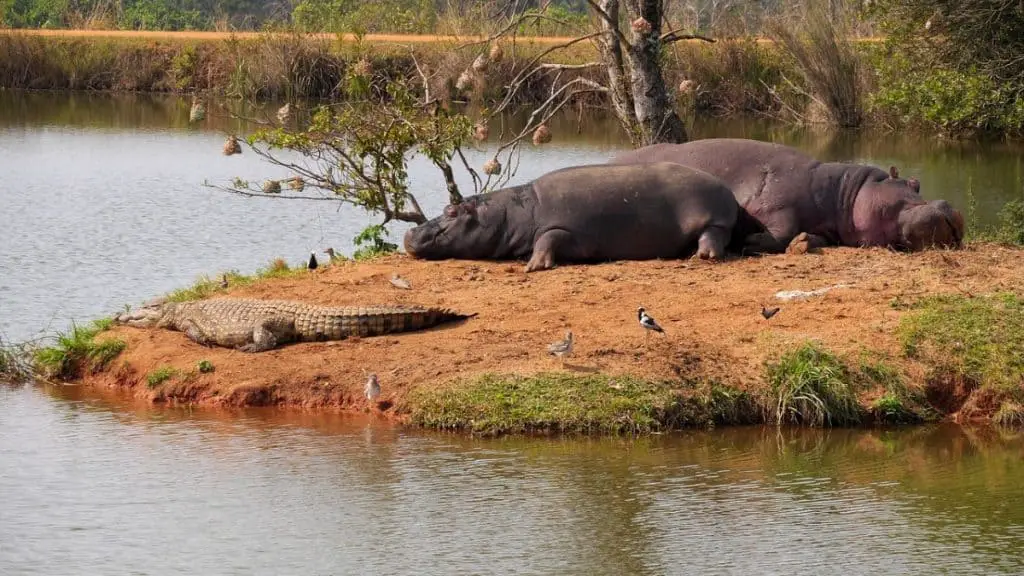
Conclusion
Hippopotamuses are considered one of the most dangerous animals in Africa, but they still have their own predators.
The Nile crocodile is a significant threat to hippopotamuses as adults and young ones alike can fall prey to them.
Lions, hyenas, African wild dogs, and Nile monitor lizards also pose a danger to hippos.
Humans are another predator that threaten the survival of these magnificent creatures. While not direct killers like other animals, humans destroy habitats and engage in hunting activities that disrupt the natural balance between species.
Furthermore, competition with other hippopotamuses for food resources can lead to fights resulting in injuries or death.
In conclusion, although hippopotamuses may seem invincible due to their massive size and aggressive nature, they face real threats from various predators.
Protecting these fascinating creatures should be a priority not only for conservation purposes but also because they play an important role in maintaining ecological balance within their habitat.
Humans need to take responsibility for protecting wildlife by controlling our impact on their environments and reducing conflict between different animal species.
Unveiling the Secrets of Hippo Behavior: Dive into the World of Hippos
